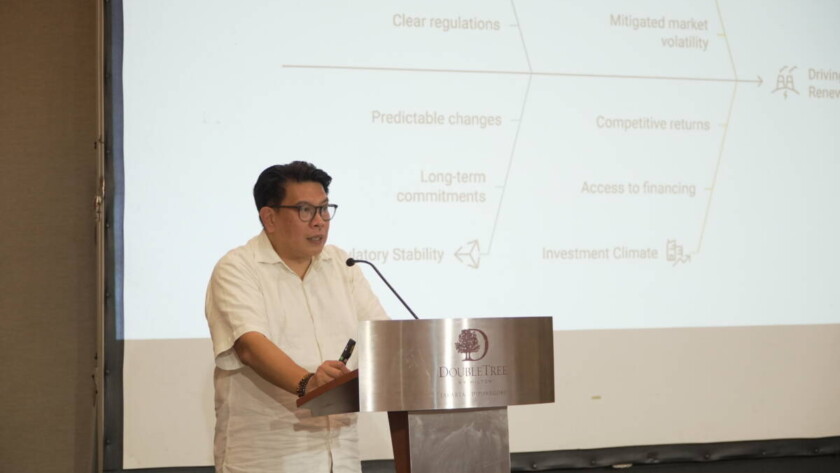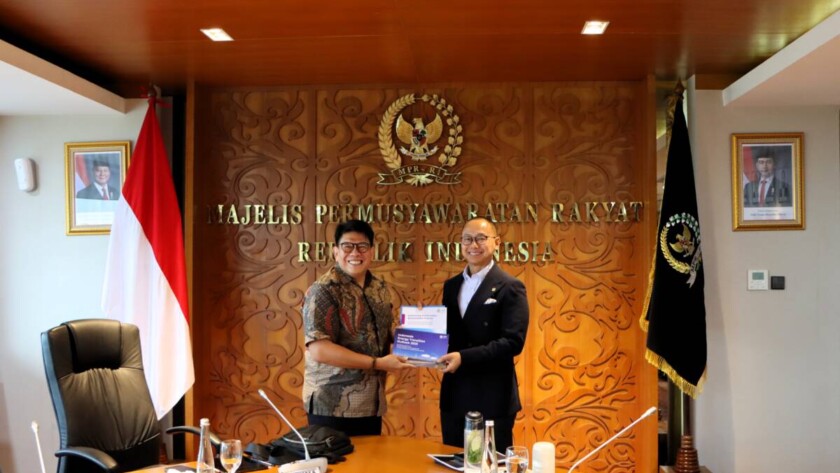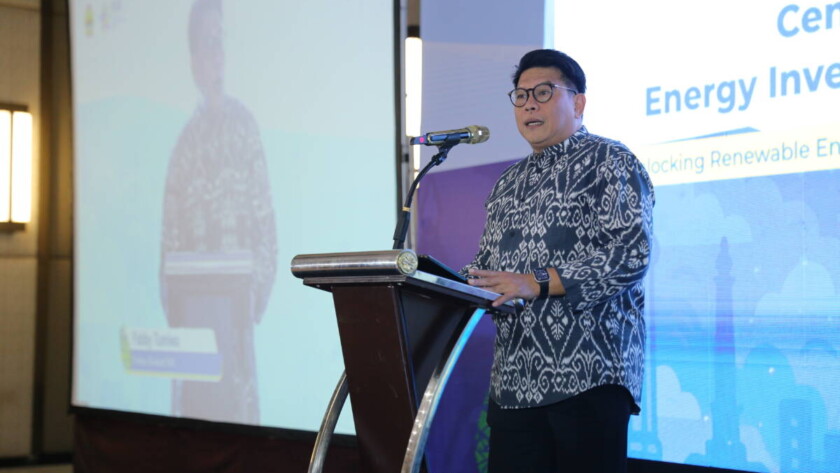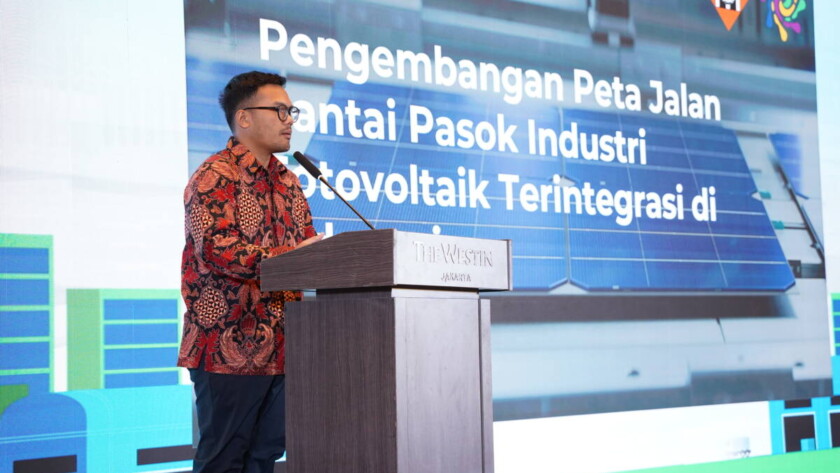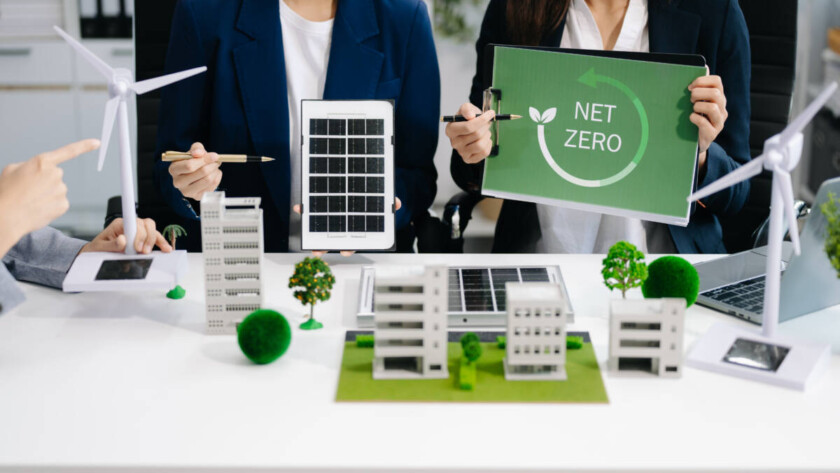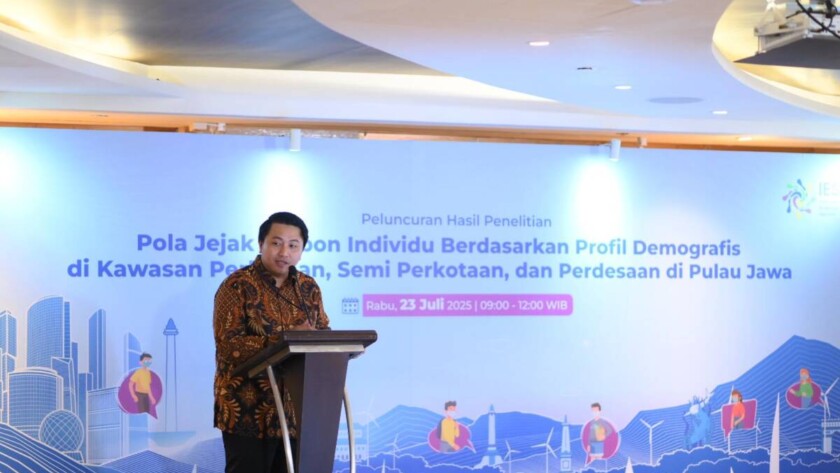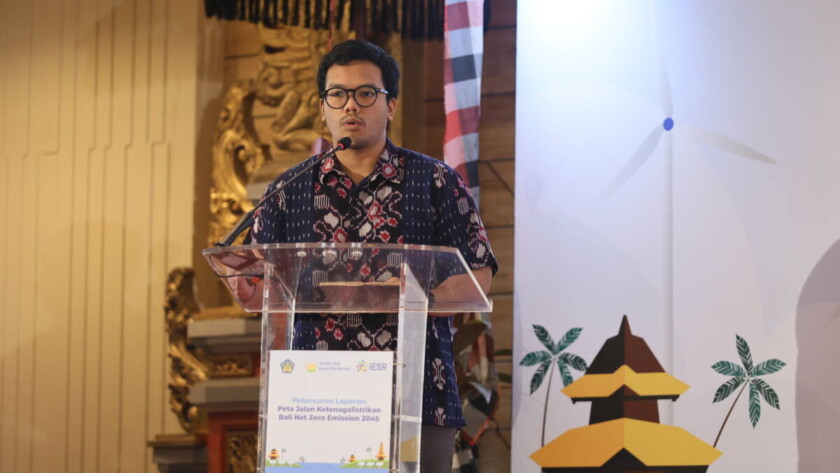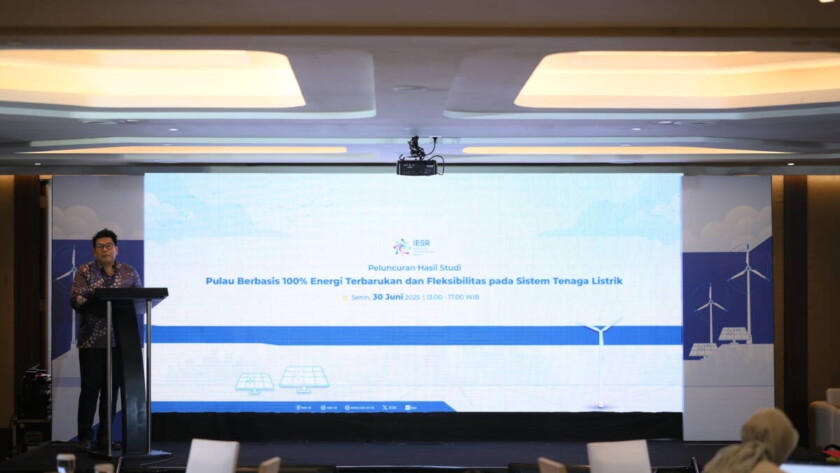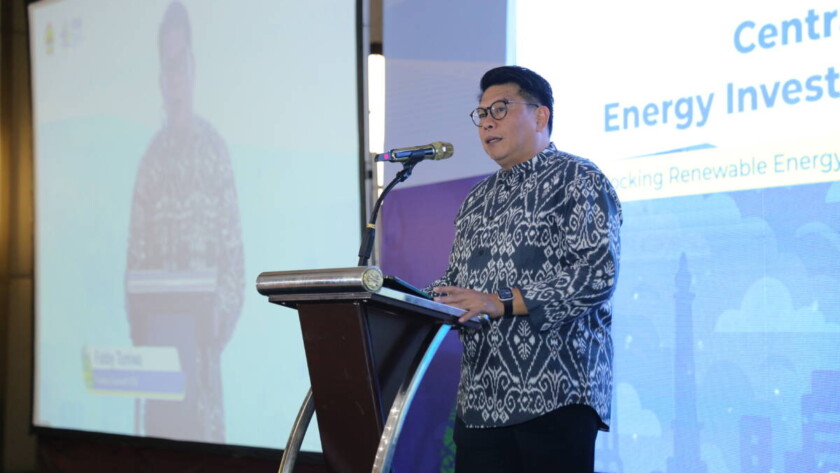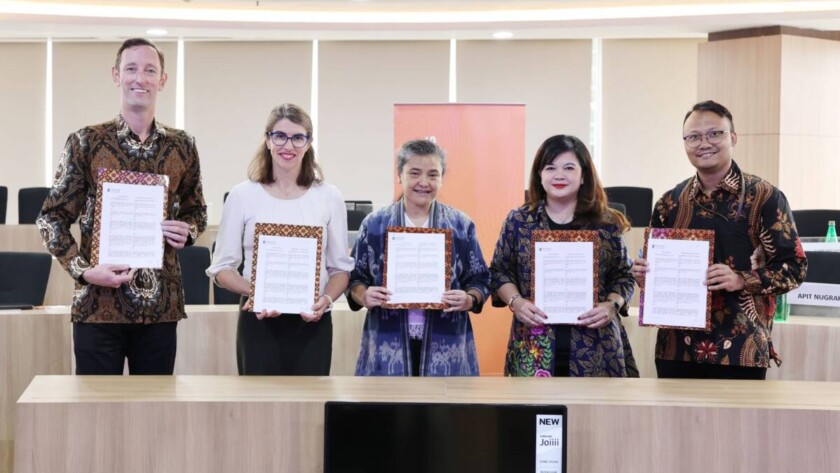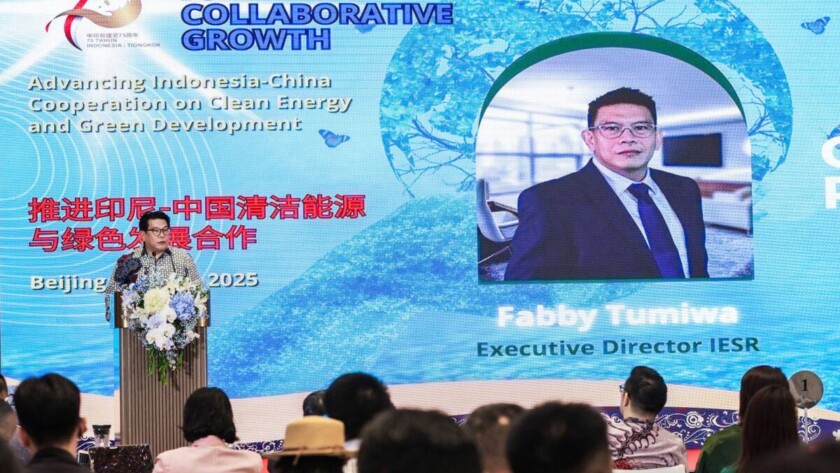Jakarta, August 15, 2025 - President Prabowo Subianto aims for 100% of Indonesia's electricity to come from Renewable Energy Sources (RES). This target is expected to be achieved within 10 years or even sooner. He made this statement during the First Plenary Session of the House of Representatives (DPR-RI) for the 2025/2026 Legislative Session…
